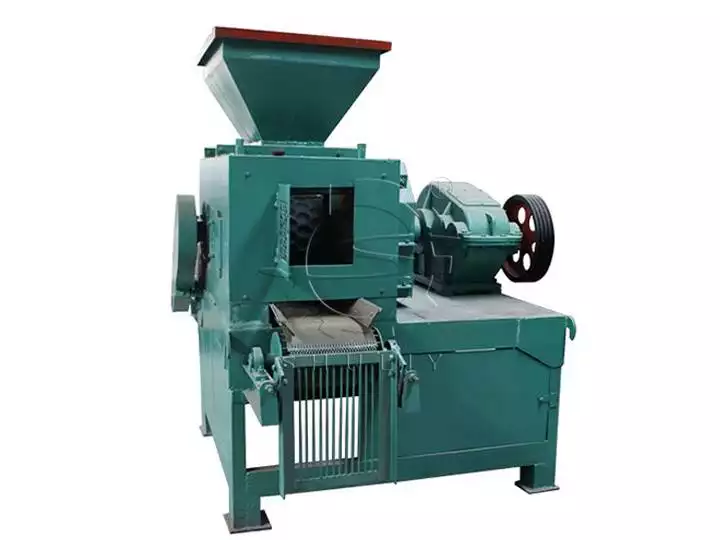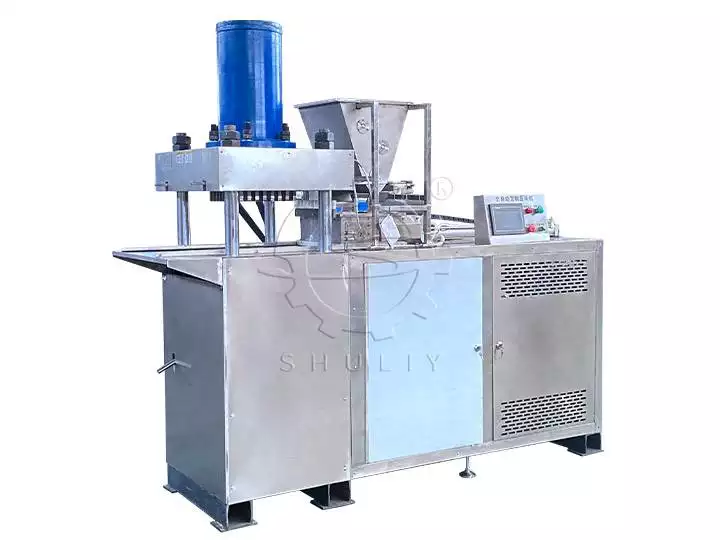Pirinç kabuğu kömürü nasıl yapılır?
İçindekiler
Pirinç kabuğu kömürü, yenilenebilir ve çevre dostu bir enerji kaynağıdır ve üretim sürecinde, onu değerli bir kömür ürününe dönüştürmek için bol miktardaki pirinç kabuğu kaynaklarından tam olarak yararlanılır. Kömür makinesinin bir dizi işlem adımından sonra nihai ürün, verimli bir şekilde yanan pirinç kabuğu kömürüdür.
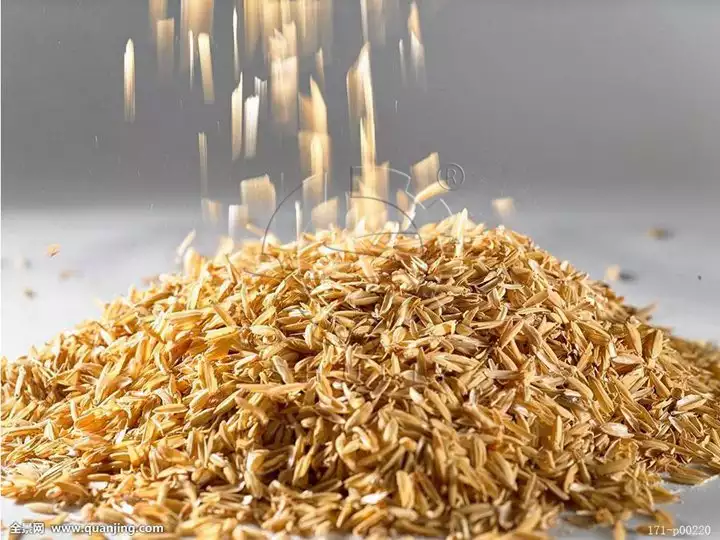
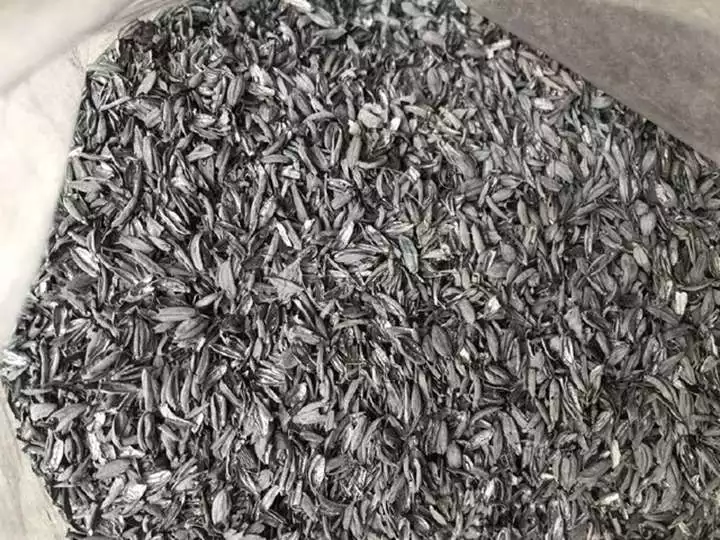
Bu süreç, tarımsal atıkların israfını etkili bir şekilde azaltmakla kalmıyor, aynı zamanda enerji ihtiyaçlarına sürdürülebilir bir çözüm sunarak kaynak kullanımını maksimuma çıkarıyor ve çevreyi koruyor.
Pirinç kabuğu kömürü yapma yöntemleri
Yöntem 1: öncelikle karbonizasyon, ardından kalıplama
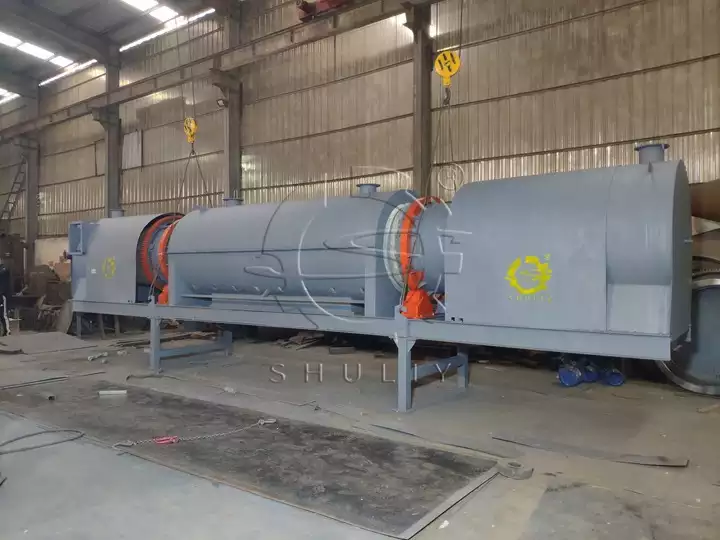
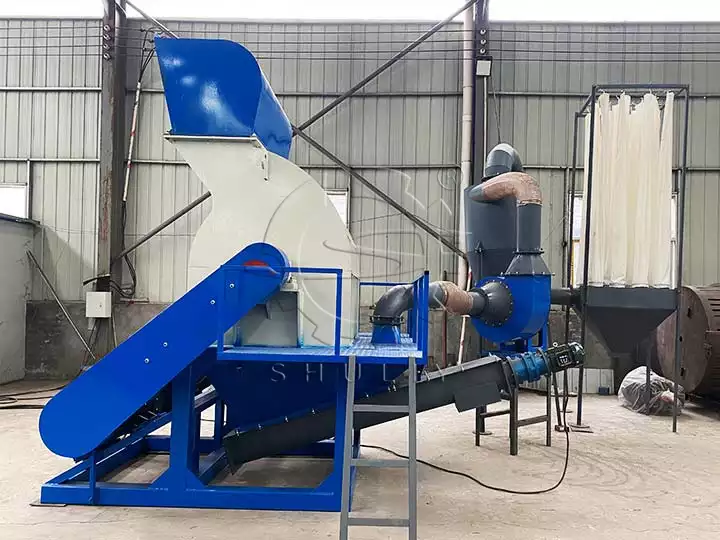
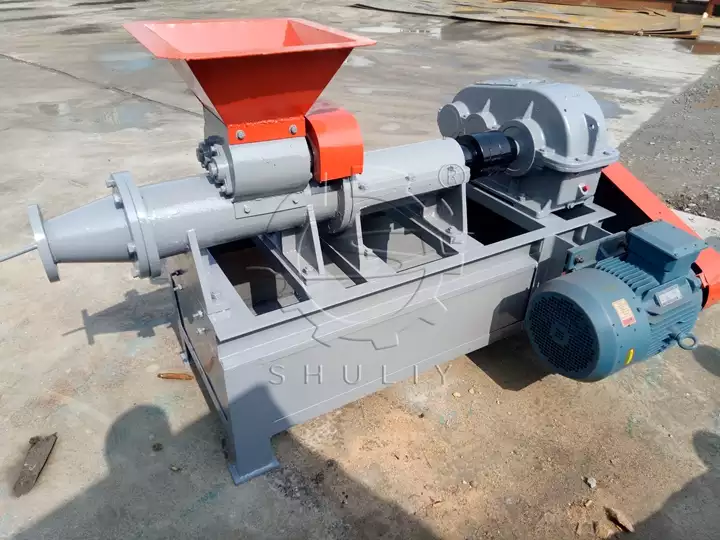
- Adım 1: Karbonizasyon. Pirinç kabuğu toplanır ve bir karbonizasyon fırınına yüklenir. Fırın, pirinç kabuklarını karbonize etmek için oksijen yokluğunda yüksek sıcaklığa ısıtılır. Bu adımın bir kullanılması önerilir. sürekli kömür ocağı.
- Adım 2: Kırma. Karbonizasyon işleminden elde edilen odun kömürü, bir makine tarafından daha küçük parçacıklara ezilir. çekiçli değirmen. Bu, kömürü kalıplama aşamasına hazırlar.
- Adım 3: Bağlayıcıyla karıştırma: Ezilmiş pirinç kabuğu kömürü, kömürün şekillendirilmesine ve kalıplama işlemi sırasında bir arada tutulmasına yardımcı olan bir bağlayıcı ile karıştırılır.
- Adım 4: Şekillendirme: Karışım daha sonra, briket veya diğer şekiller gibi istenen şekle kalıplayan bir kömür kalıplama makinesine beslenir.
Yöntem 2: öncelikle briketleme, ardından karbonizasyon
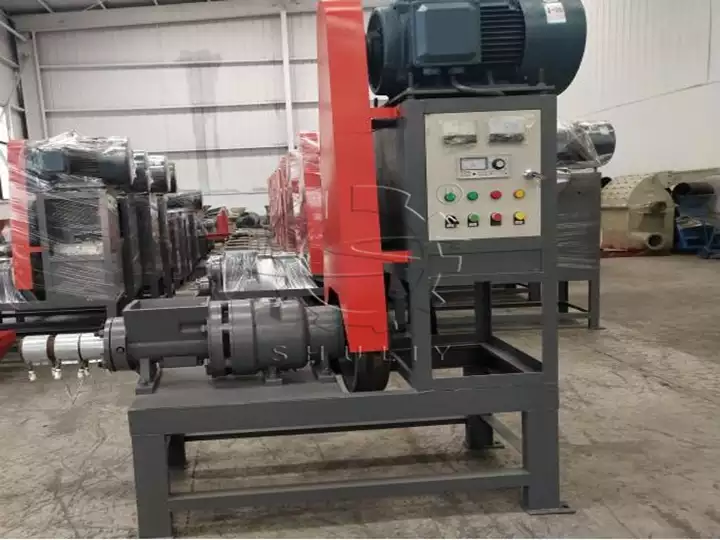
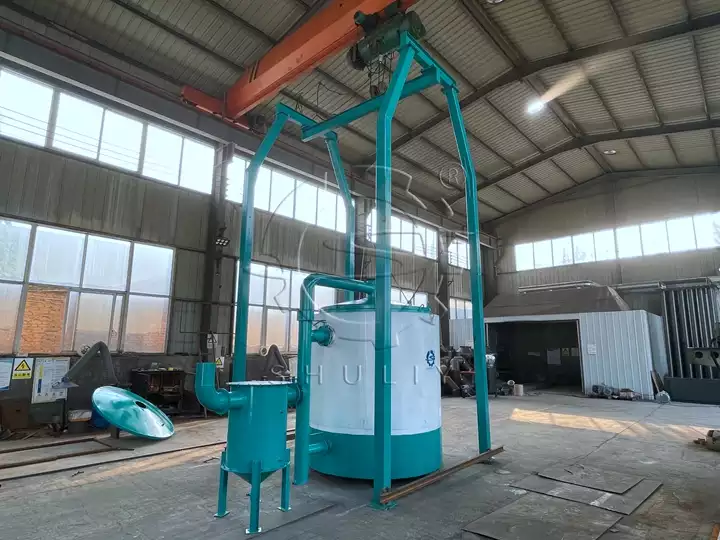
- Adım 1: Briketleme: Toplayın pirinç kabukları ve onları besleyin briketleme makinesi. Makine, kabuğu sıkıştırmak ve yoğun briketler oluşturmak için mekanik basınç kullanır.
- Adım 2: Karbonizasyon hazırlığı: Bir önceki adımda elde edilen briketler toplanarak karbonizasyon işlemine hazırlanır. Genellikle tekdüze karbonizasyonu sağlayacak şekilde düzenlenirler.
- Adım 3: Karbonizasyon: Hazırlanan briketler karbonizasyon fırınına yerleştirilir (Genellikle dikey karbonizasyon fırını kullanılır.). Fırın, karbonizasyon işlemini başlatmak için oksijen yokluğunda yüksek bir sıcaklığa ısıtılır. Bu adımda briketler pirinç kabuğu kömürü briketlerine dönüştürülür.
Pirinç kabuğu kömürünün avantajları

- Çevre dostu: Pirinç kabuğu kömürü üretimi yalnızca tarımsal atıkların bertarafına yönelik baskıyı azaltmakla kalmıyor, aynı zamanda orman kaynaklarına olan bağımlılığı da azaltıyor.
- Yenilenebilir enerji: Pirinç kabuğu bir yan ürün olarak enerji kaynaklarını zenginleştirmenin yanı sıra geleneksel kömür gibi yenilenemeyen enerji kaynaklarına olan ihtiyacı da azaltıyor.
- Yüksek kalorifik değer: Pirinç kabuğu kömürü yandığında yüksek düzeyde termal enerji açığa çıkarır, bu da onu ısıtma, pişirme ve enerji üretimi gibi çeşitli termal uygulamalar için uygun hale getirir.
- Düşük emisyonlar: Pirinç kabuğu kömürünün yakılması daha az emisyon ve kirletici madde üreterek daha düşük çevresel etkiye neden olur.
Pirinç kabuğu kömürü yapma makinesi hakkında daha fazla bilgi için bizimle iletişime geçin!
Pirinç kabuğu kömürü yapma makinemiz hakkında daha fazla bilgi edinmek ister misiniz? Verimli ve çevre dostu ekipmanlarımızın pirinç kabuklarını değerli kömür ürünlerine dönüştürmenize nasıl yardımcı olabileceğini öğrenmek için bugün bizimle iletişime geçin. Uzman ekibimiz size detaylı bilgi vermeye ve tüm süreç boyunca size rehberlik etmeye hazır.

